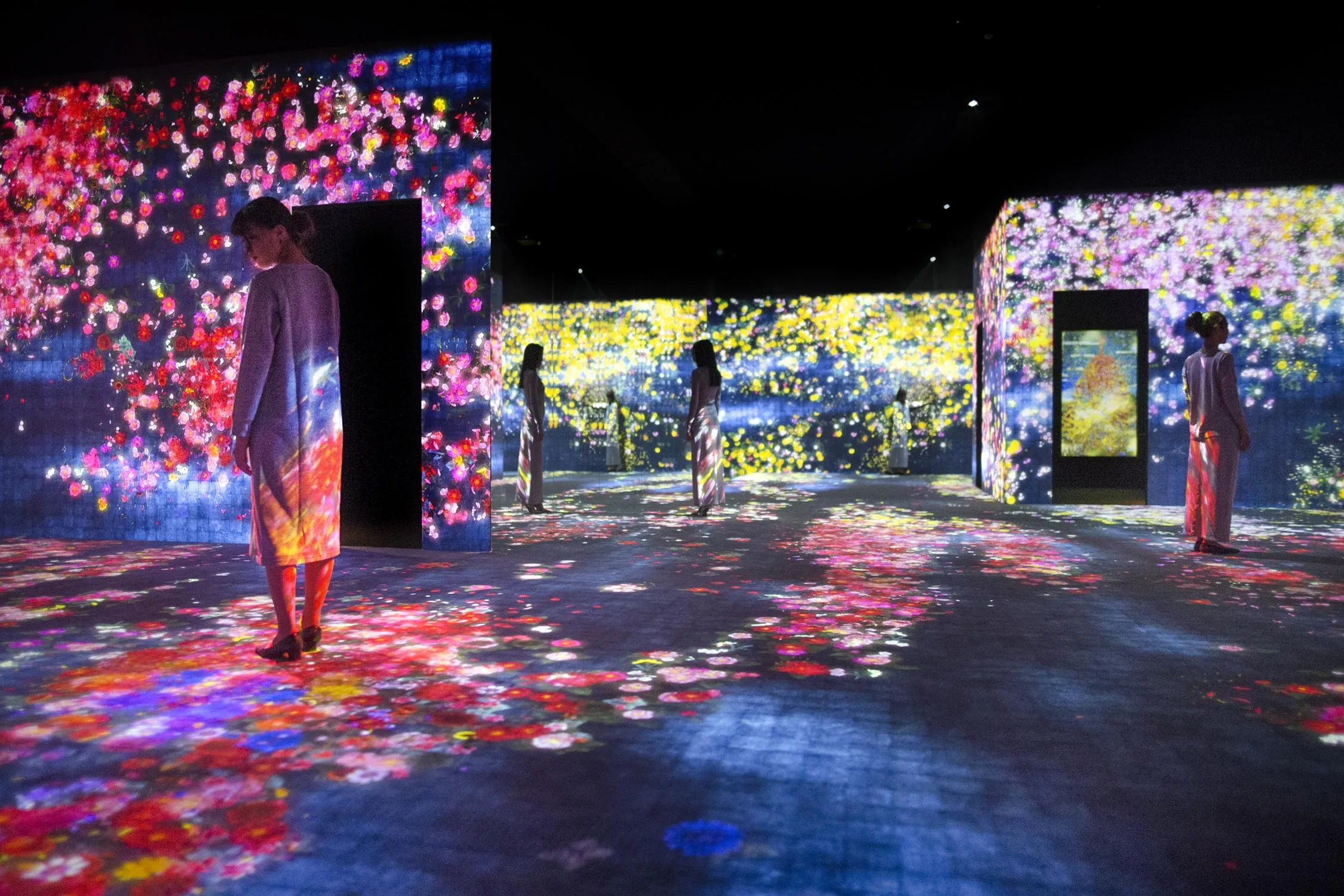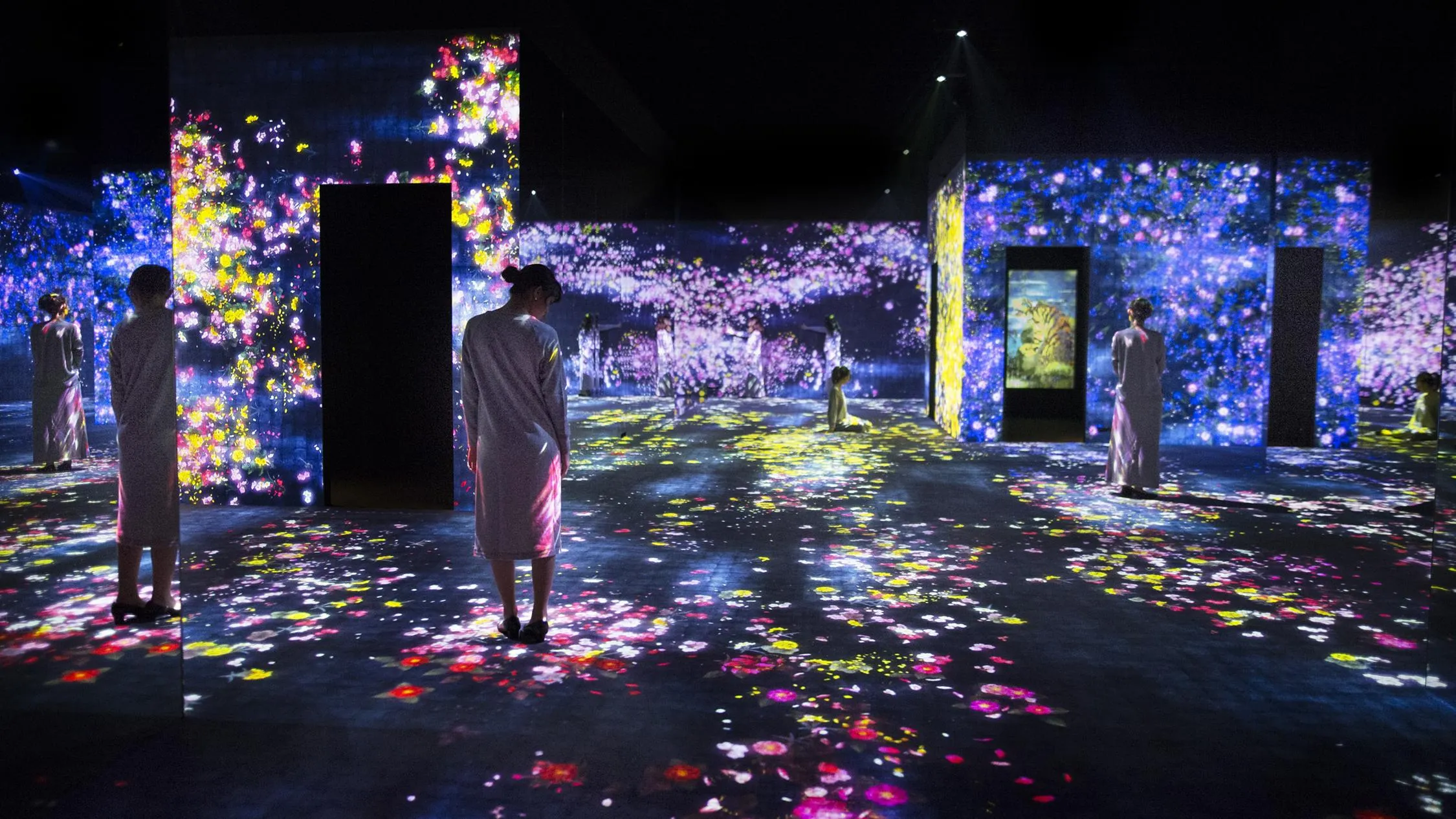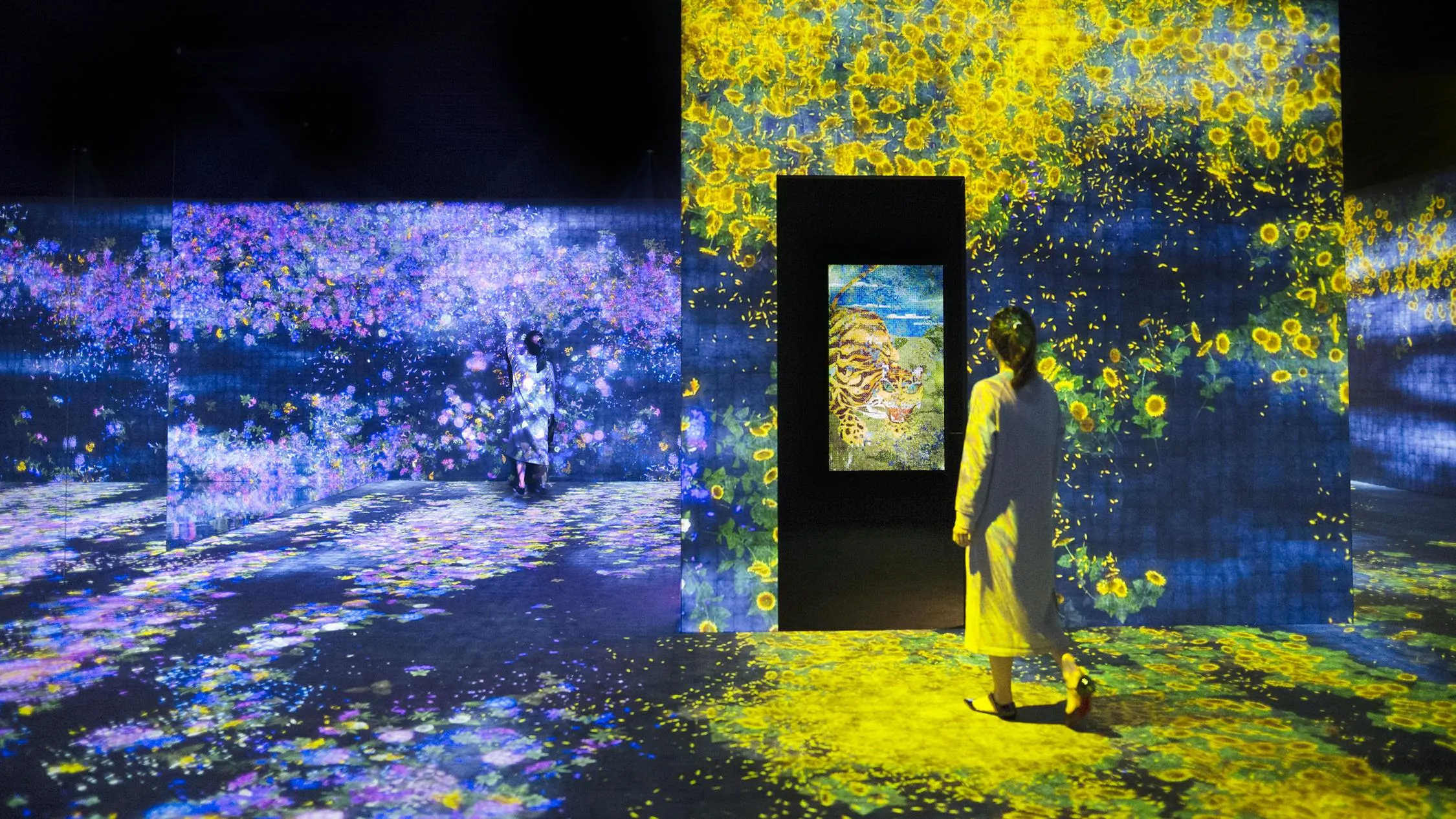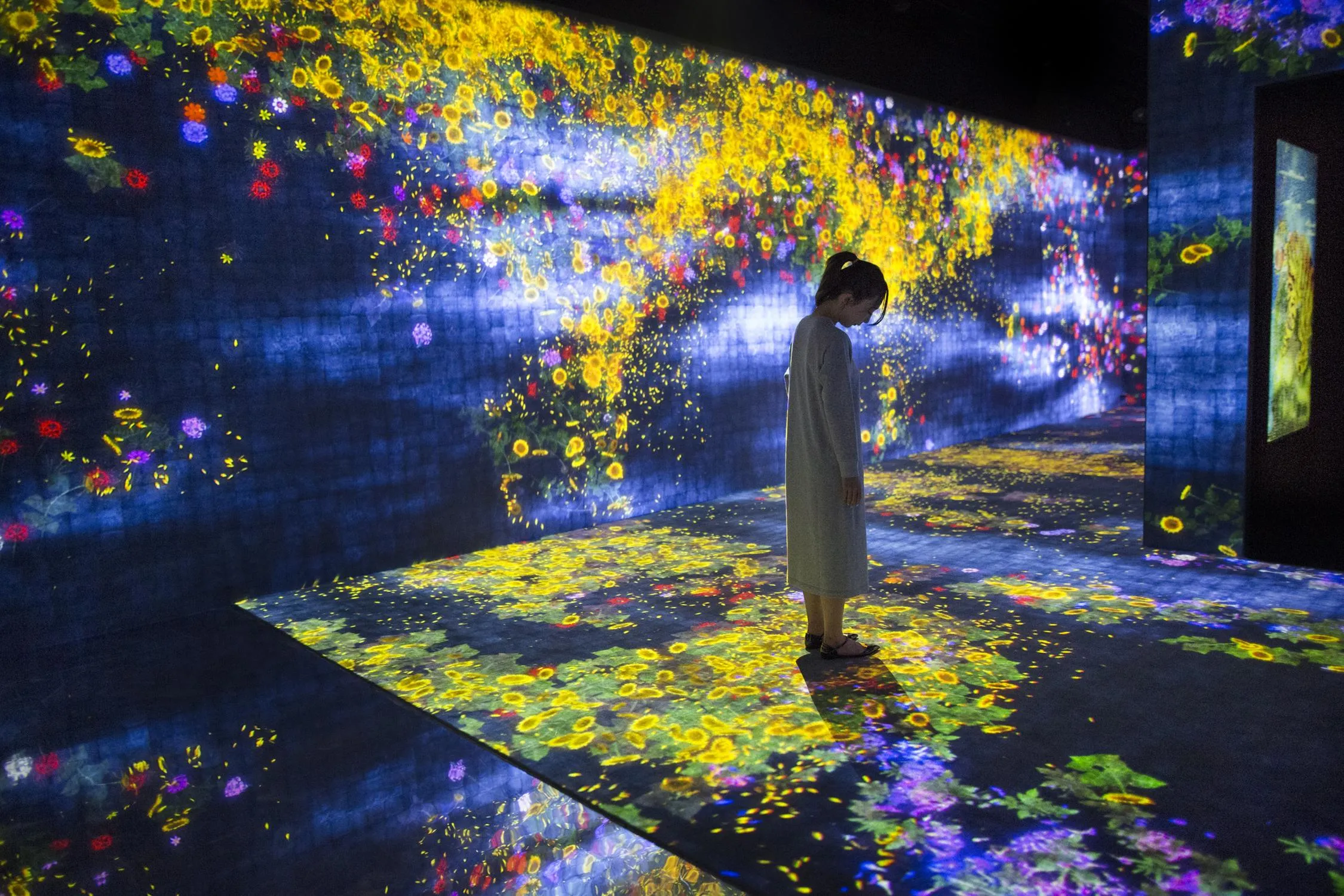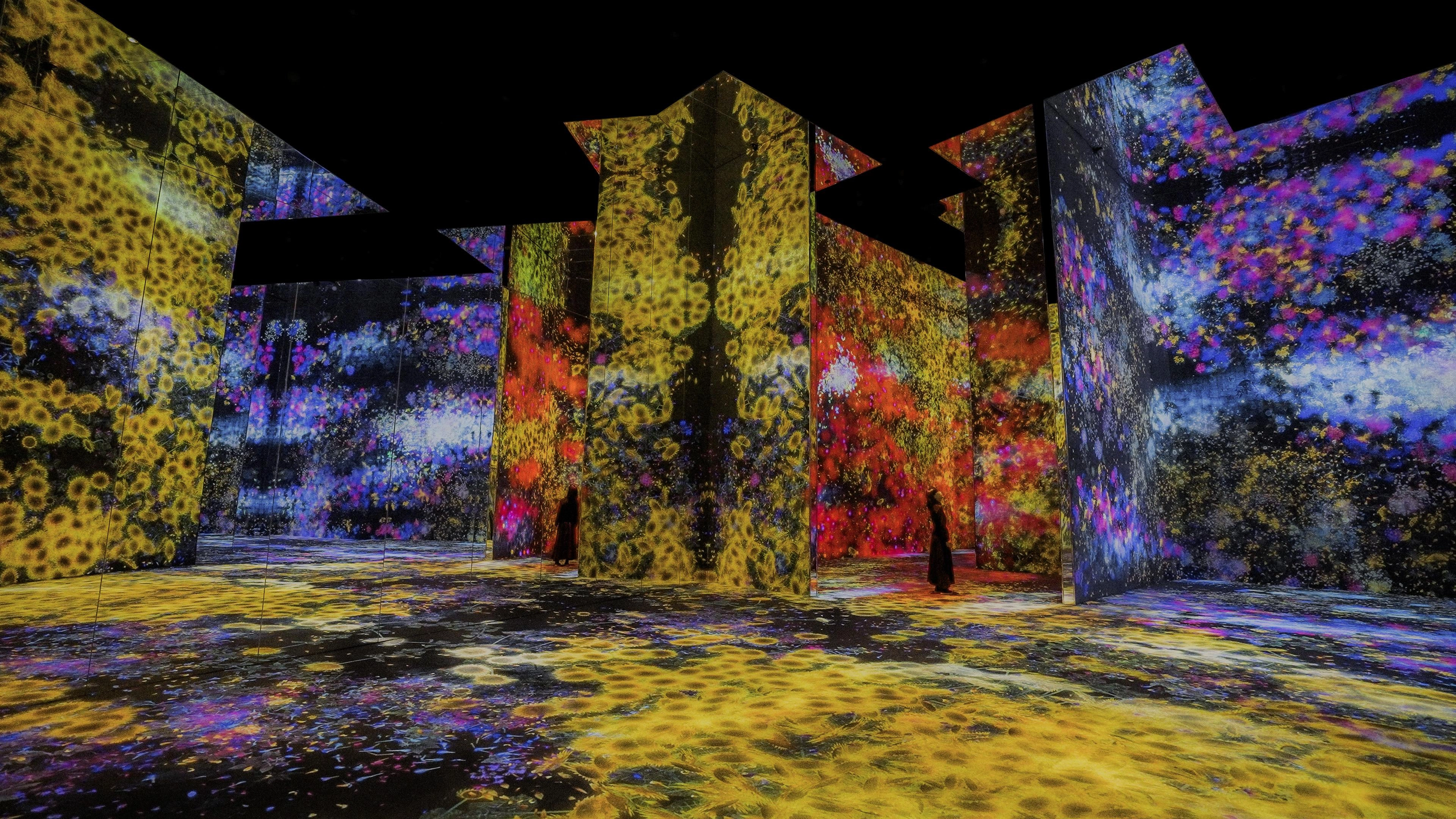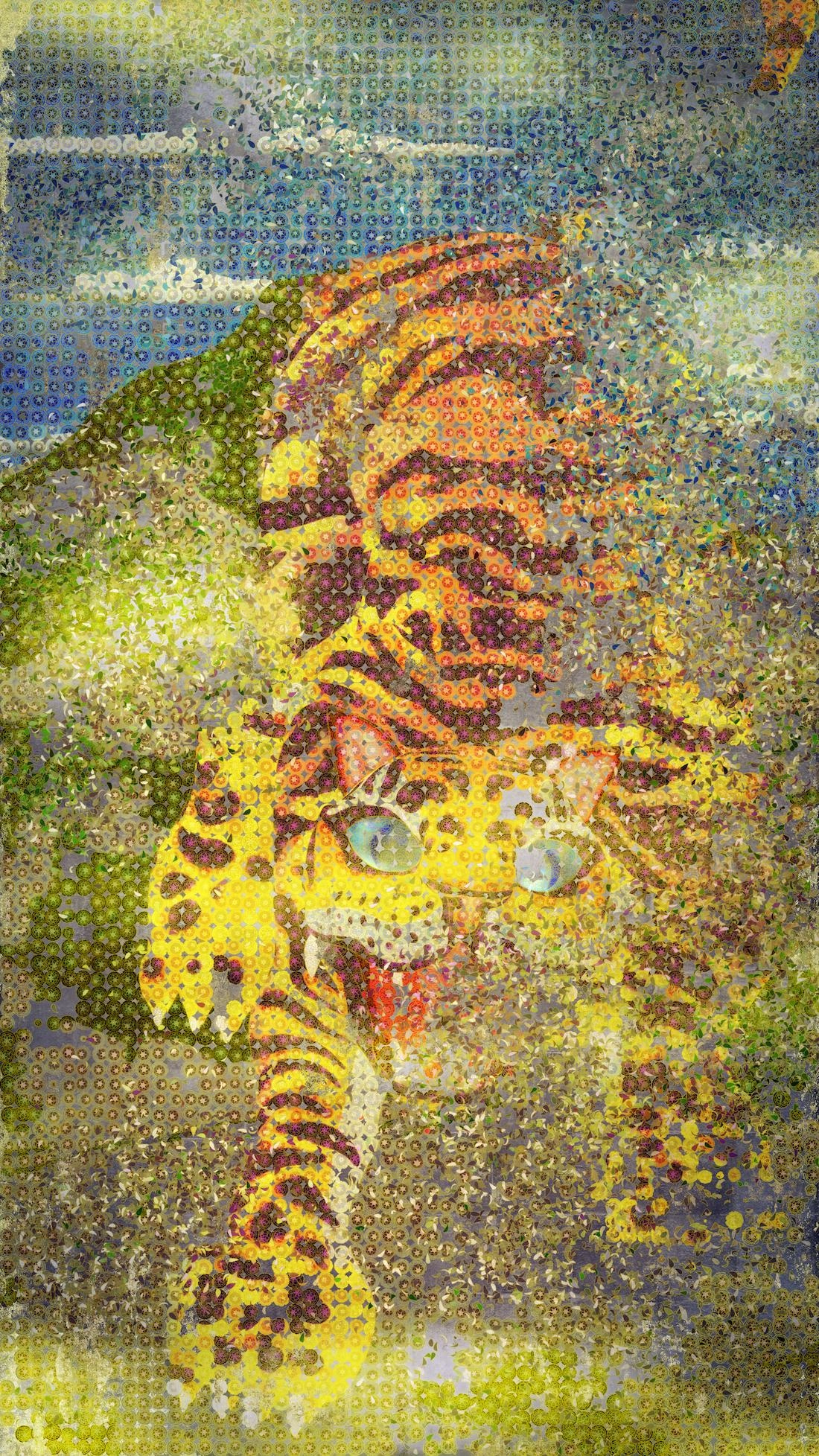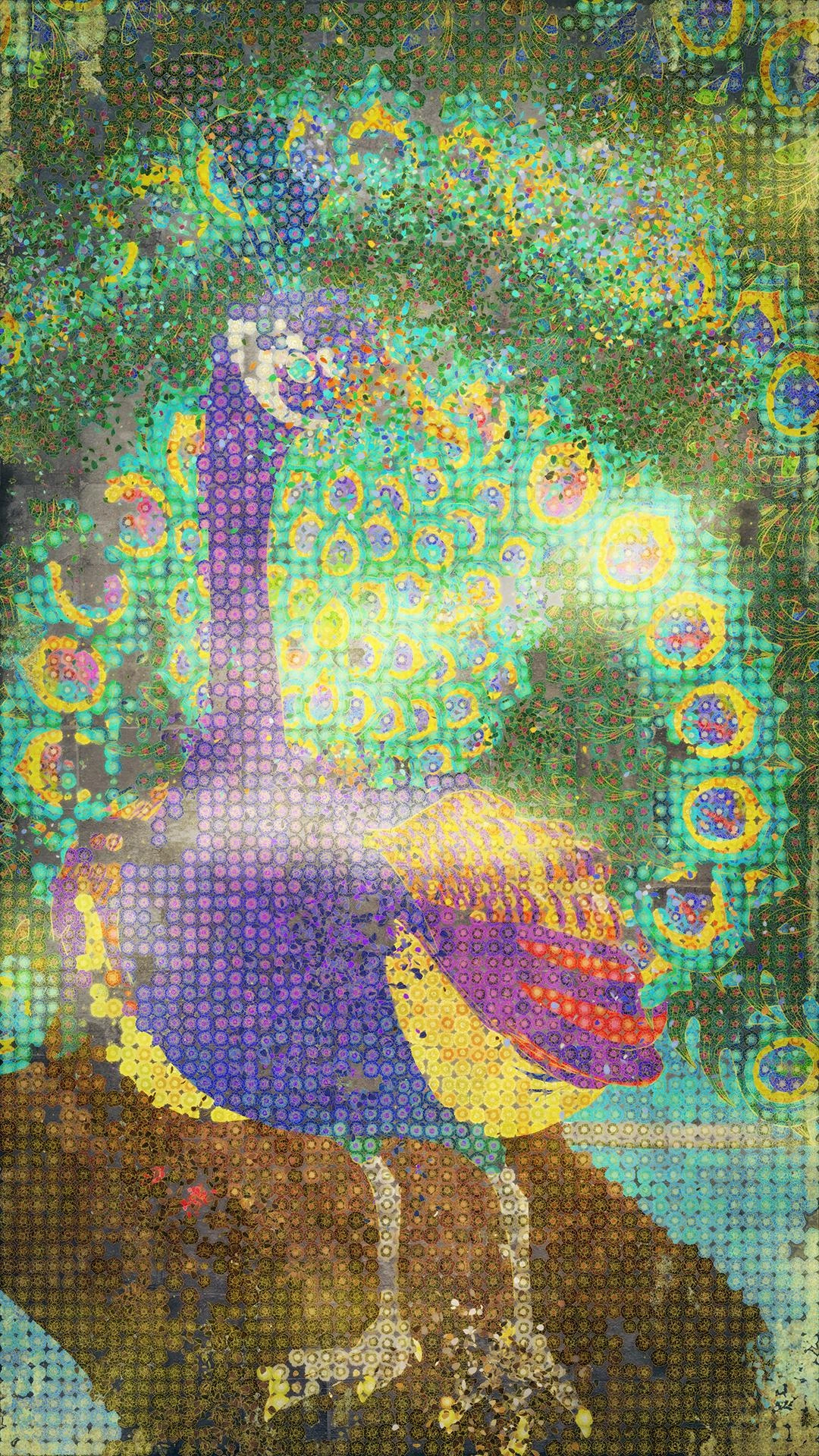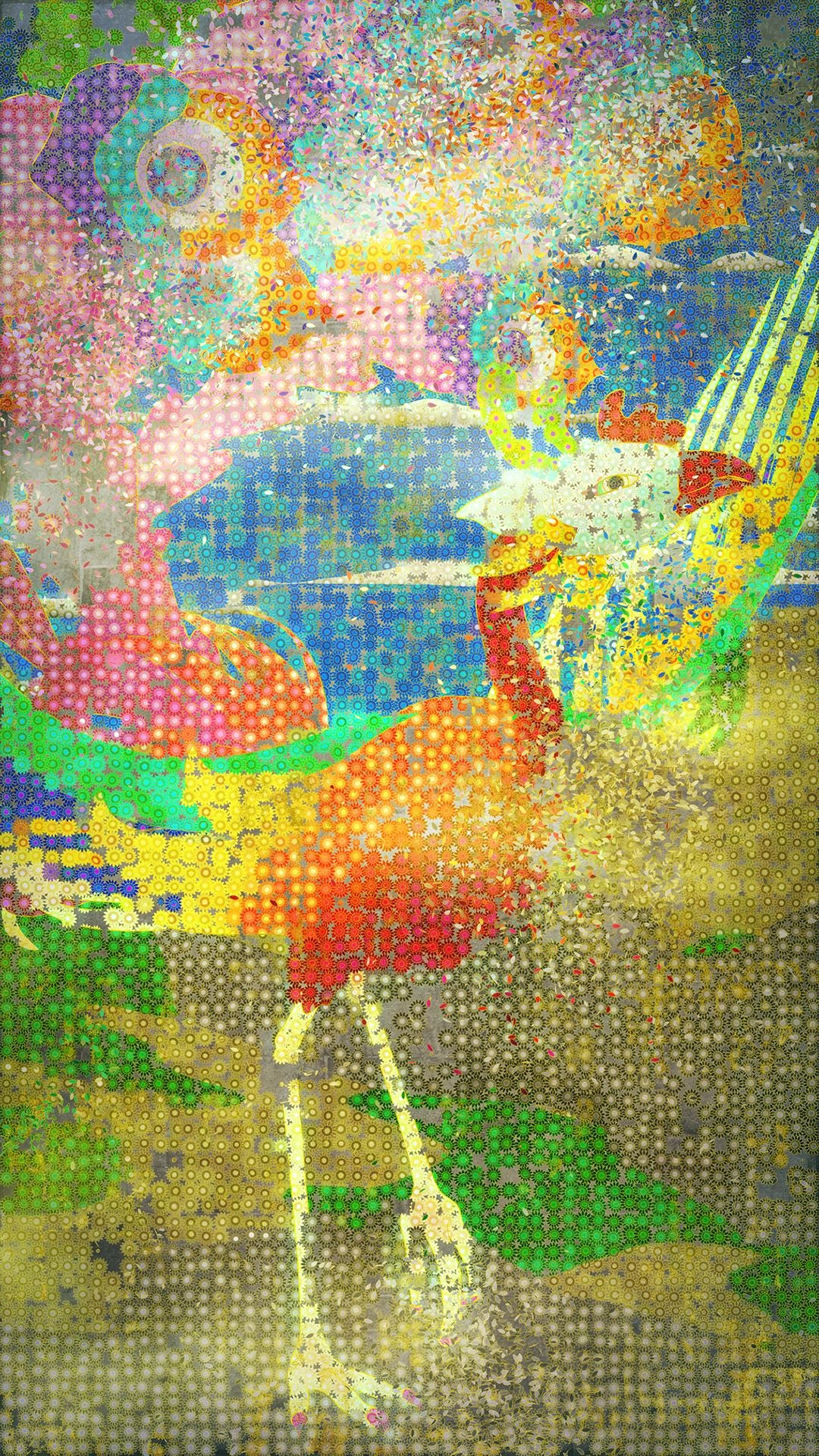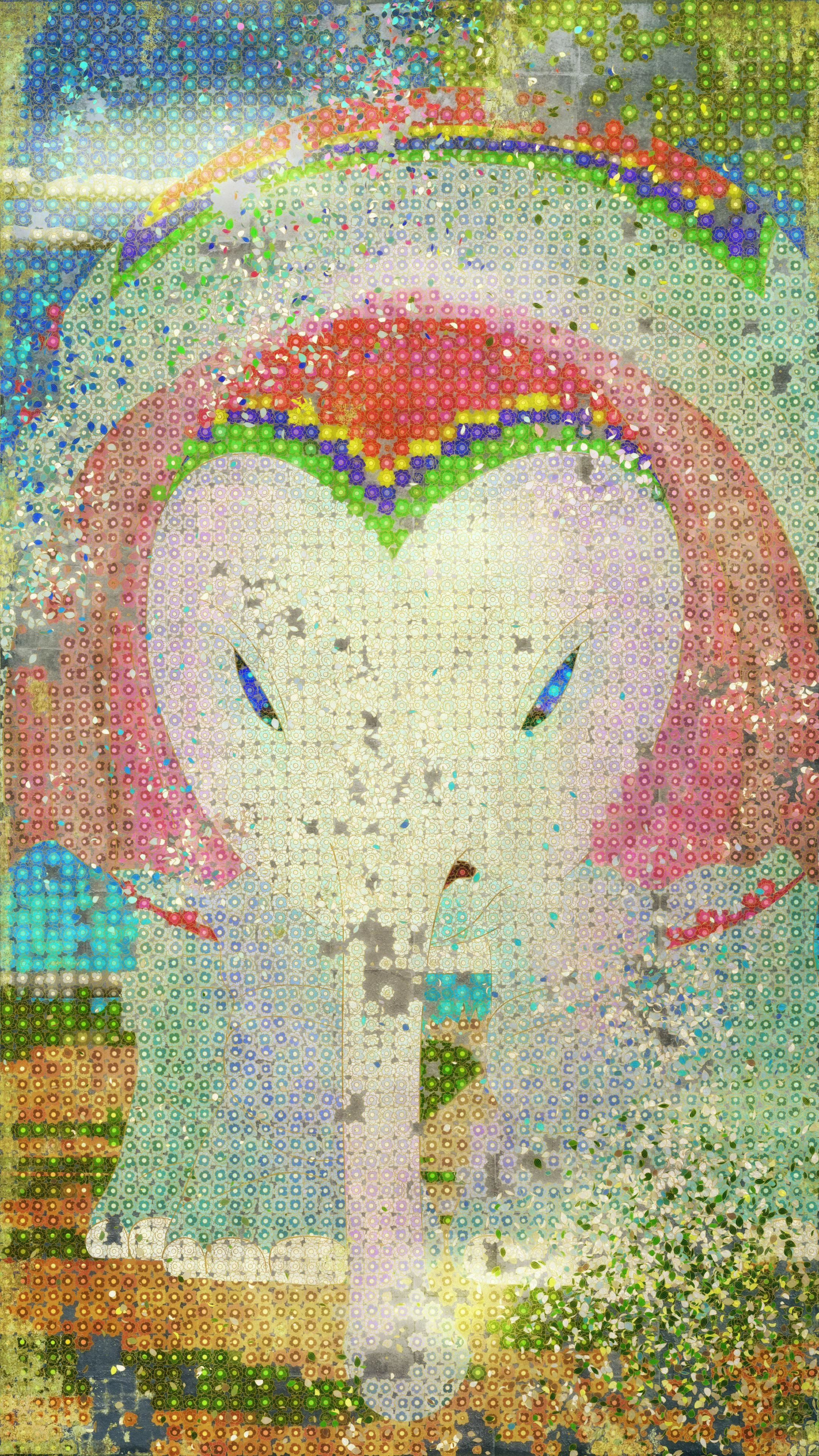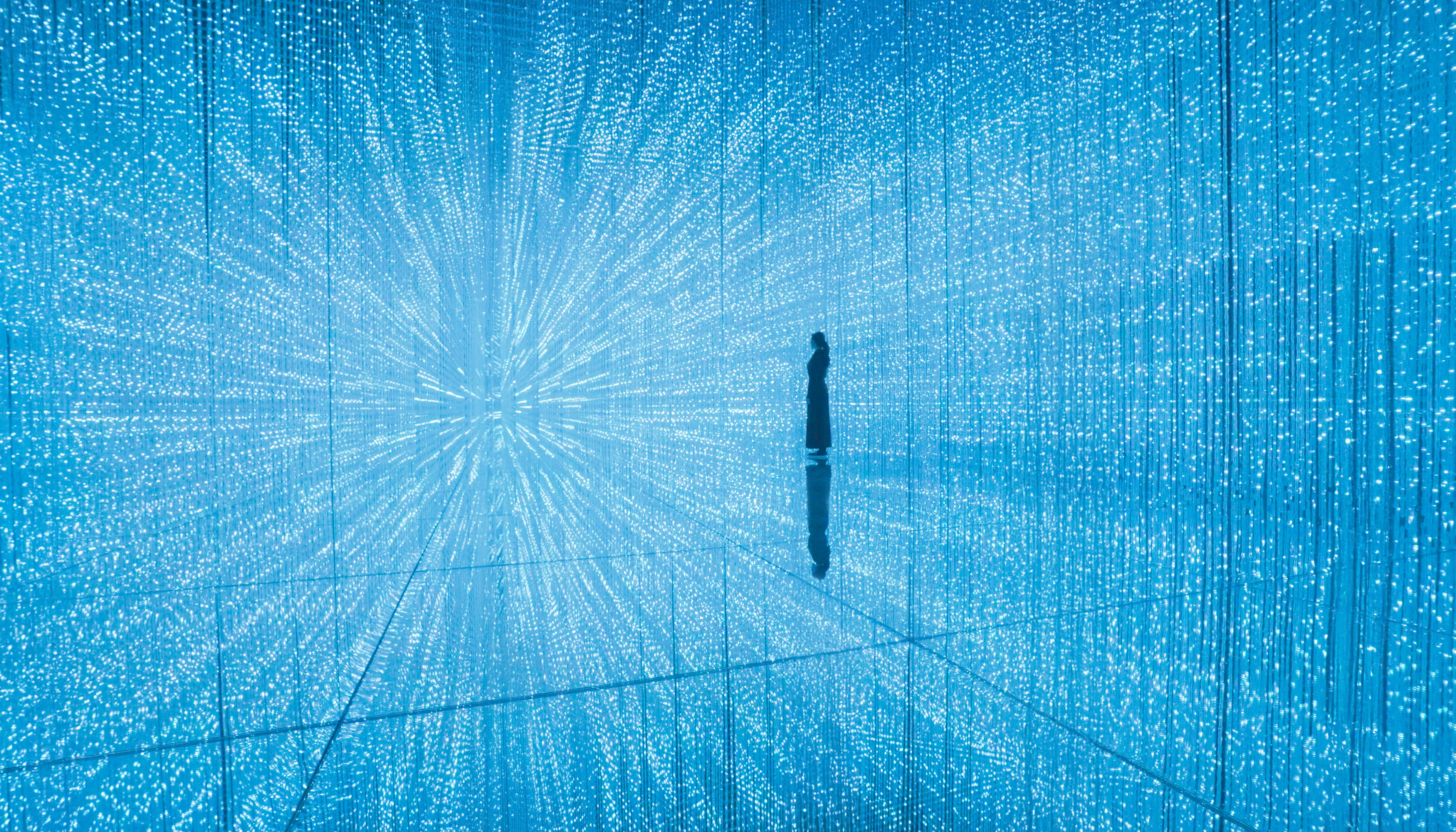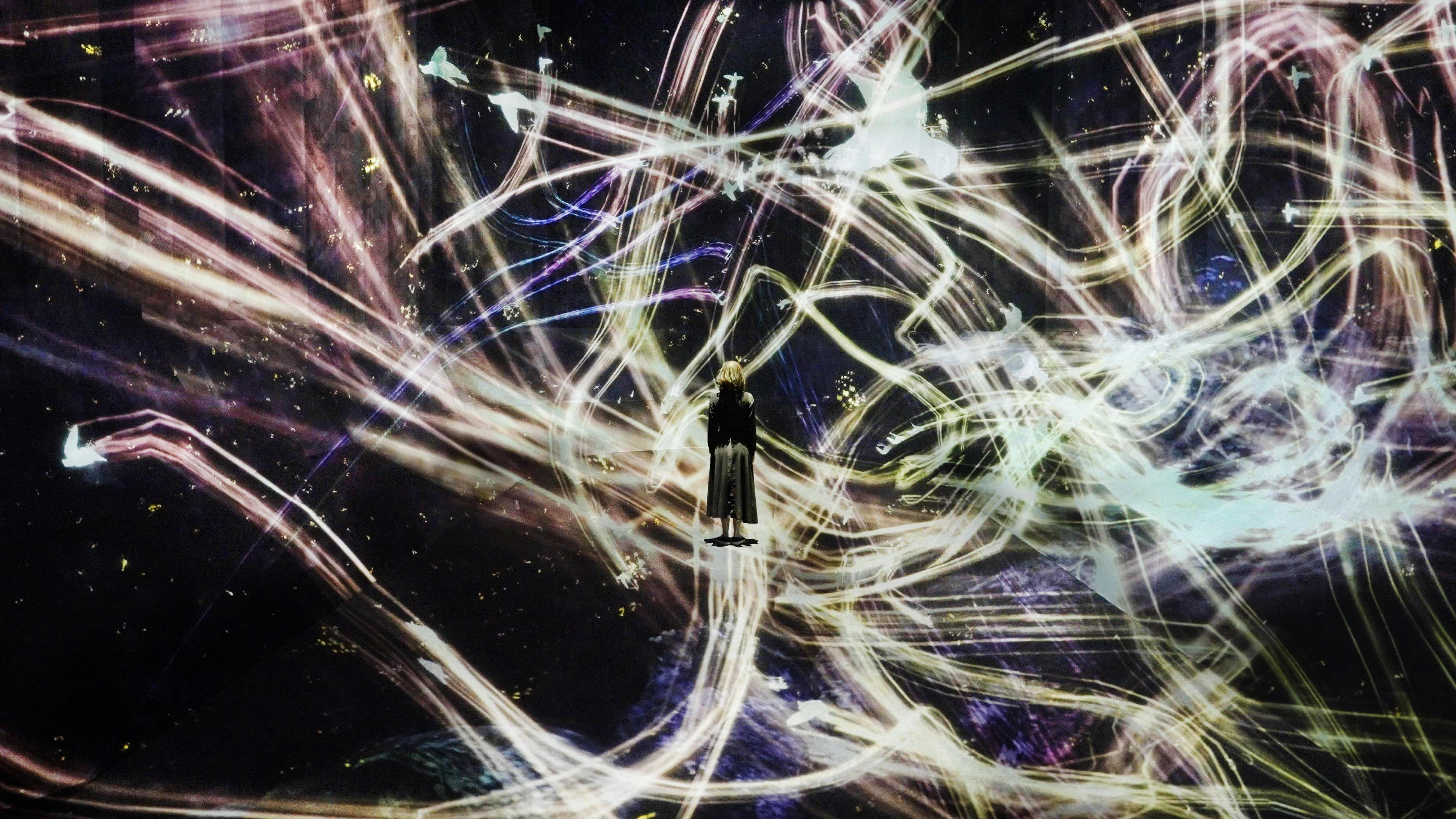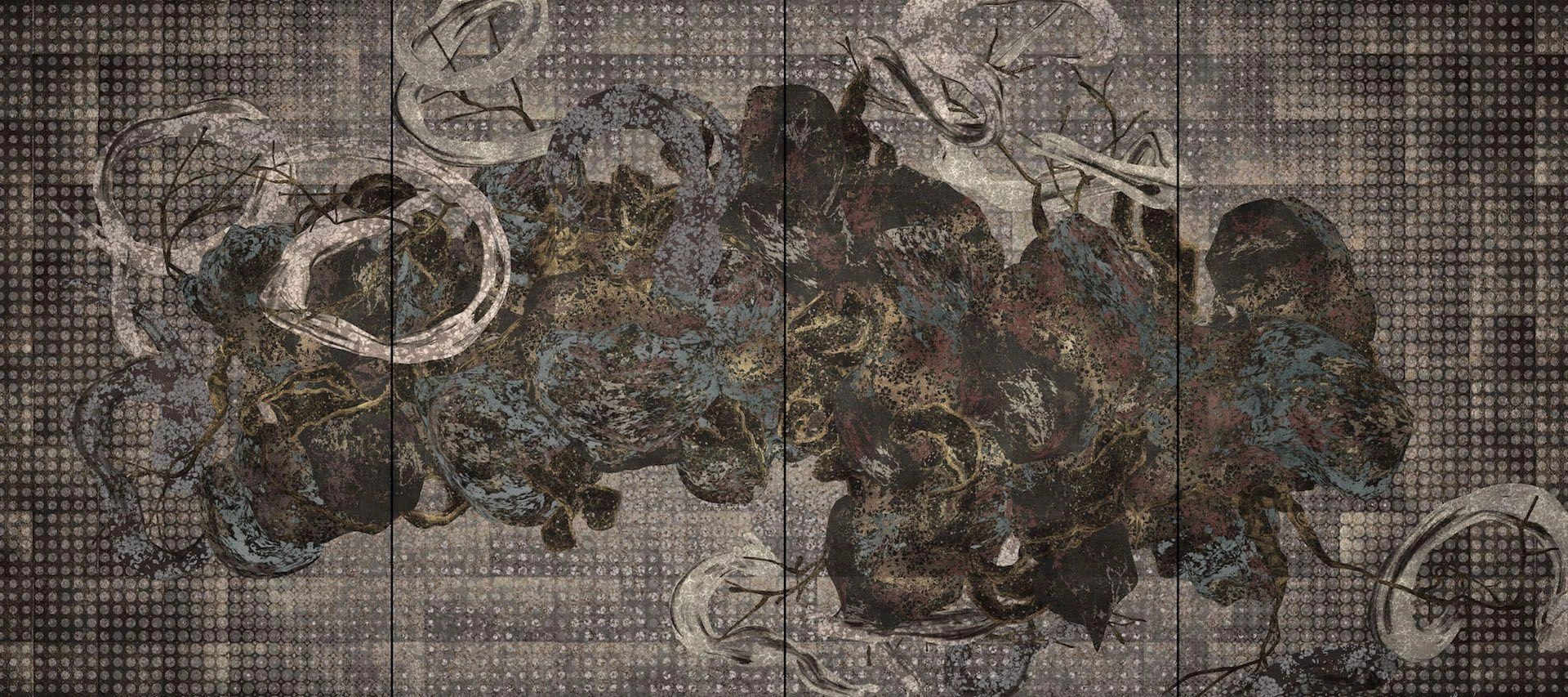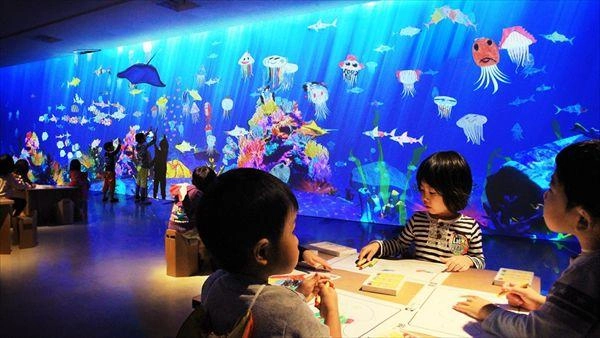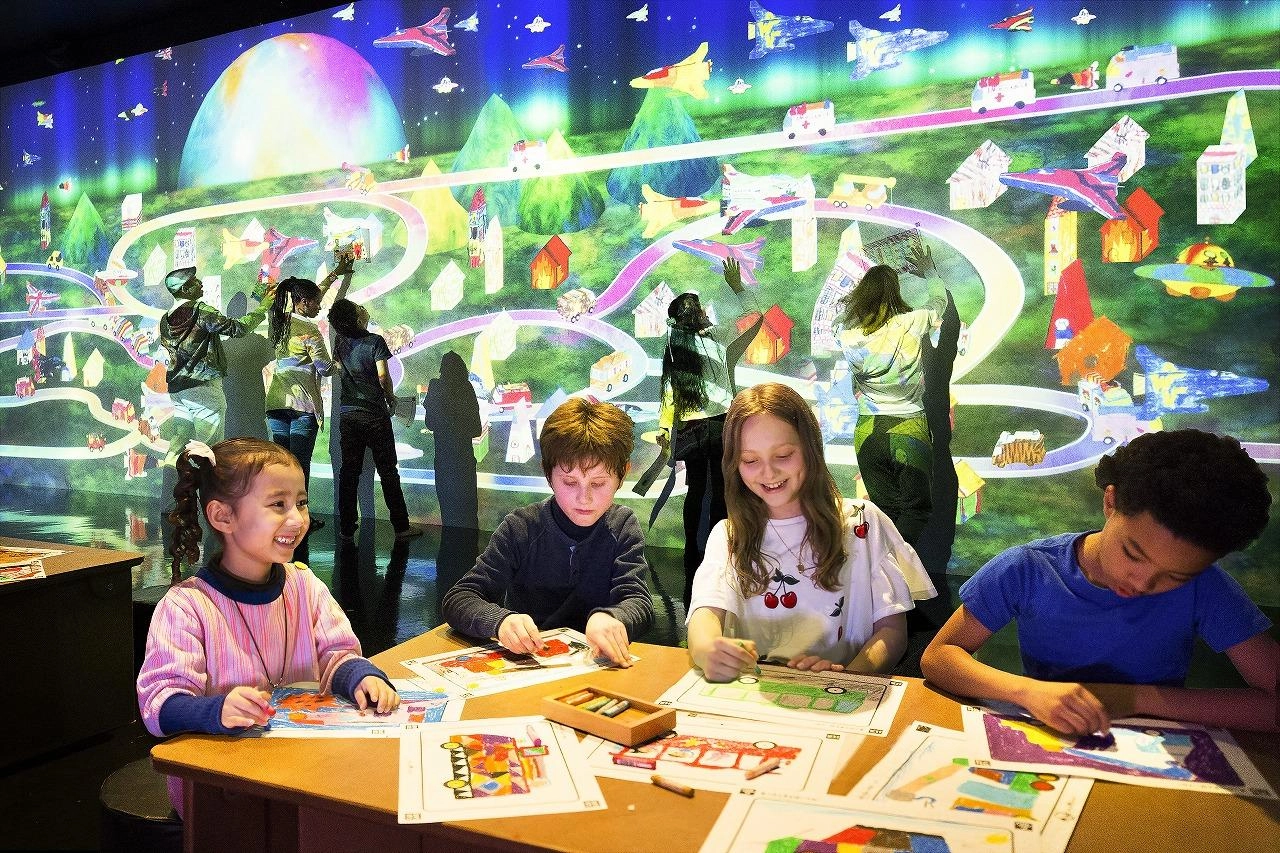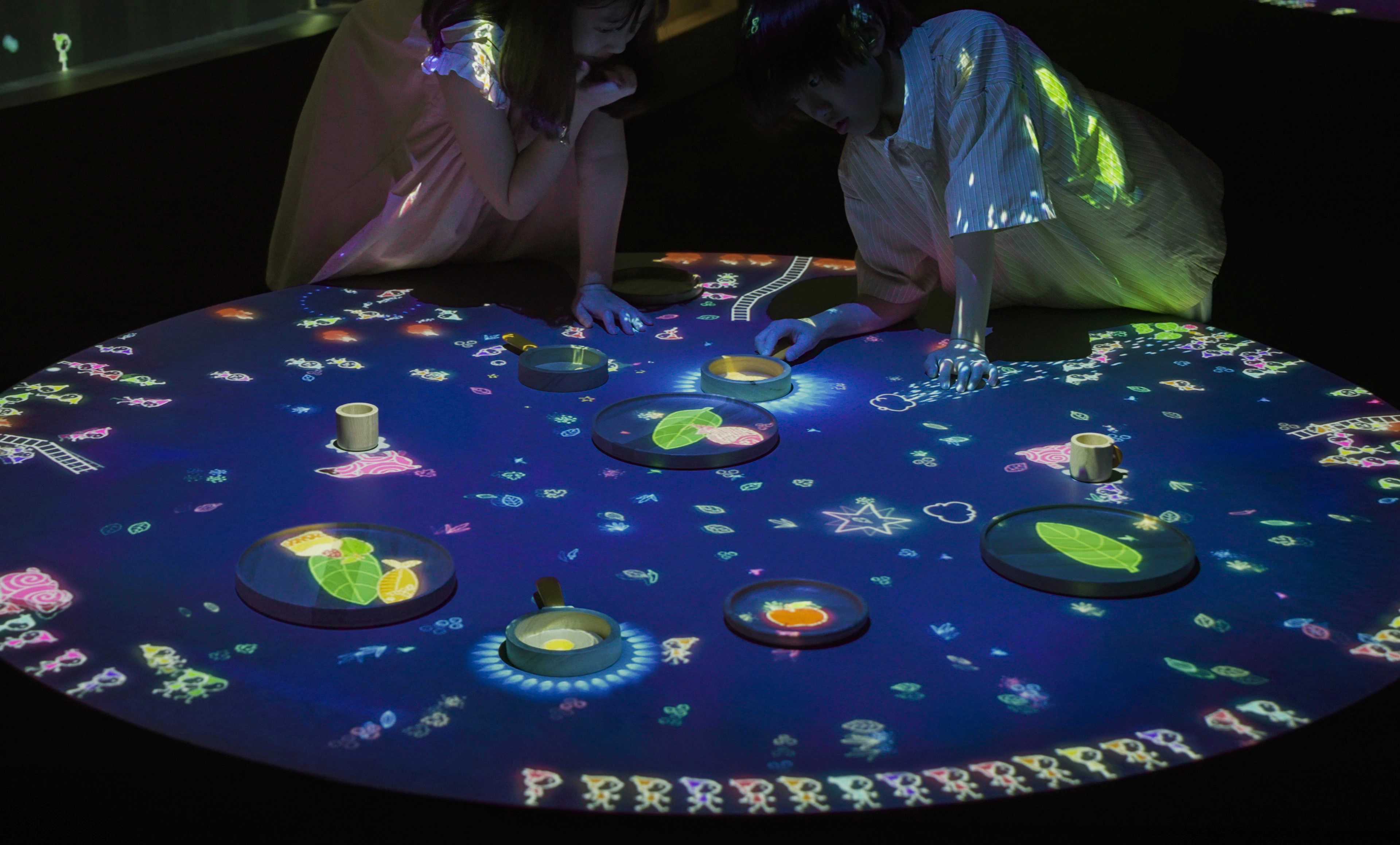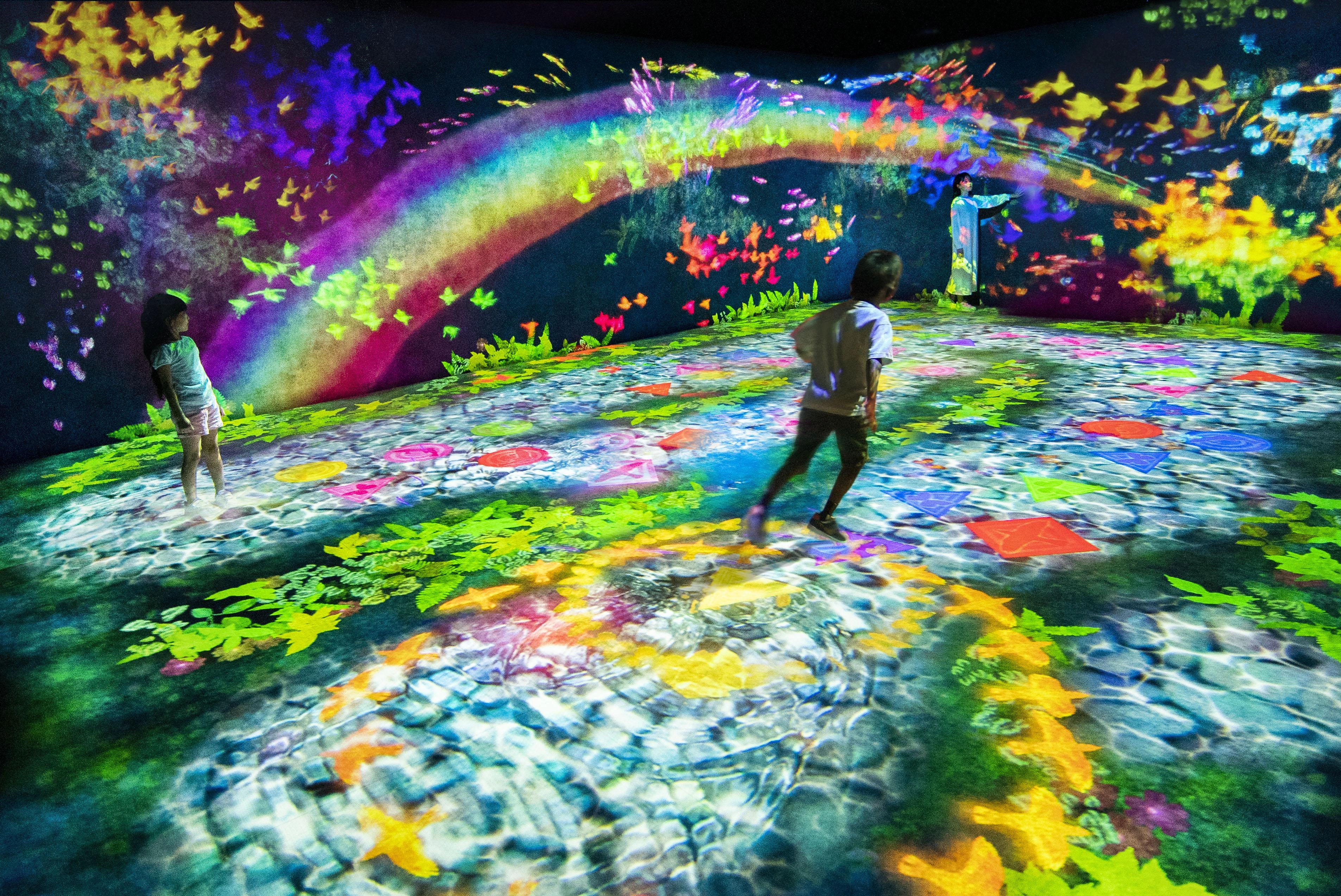Flowers and People, Cannot be Controlled but Live Together – A Whole Year per Hour
공간 속에 여러 계절이 동시에 존재하며 그 계절들이 천천히 변화 해간다.꽃들은 움직이는 계절을 따라서 피어나는 장소도 천천히 이동한다.
꽃들은 태어나, 성장해, 꽃망울을 맺히고, 꽃을 피우고, 이윽고 꽃잎을 떨구고, 시들어 죽어간다. 즉, 꽃은 탄생과 사멸을 영원히 반복하고 있다. 사람들이 가만히 있으면 주변에 꽃들이 평소보다 많이 태어나고 피어나간다. 사람들이 꽃을 만지거나 밟으면 한꺼번에 흩어져 죽어간다.
봄에 구니사키반도를 방문했을 때, 산 속의 벚꽃과 산기슭의 유채꽃을 바라보며, 어디까지가 사람이 심은 것인지, 어디까지가 자생하는 꽃들인지 의문이 들었다. 그곳은 많은 꽃들에 둘러싸여, 아주 기분이 편하고 좋은 장소였다. 그리고, 그 자연이 사람의 활동에 영향을 받은 생태계라는 것을 느끼게 한다. 어디까지가 자연이고 어디부터가 인위적인가, 경계가 매우 애매하다. 즉, 자연과 인간은 대립하는 개념이 아니며, 기분 좋은 자연이란, 사람의 활동을 포함한 생태계인 것이다. 그리고, 지금과는 달리, 자연을 이해하거나 제어할 수 없어 자연의 규칙을 따르던 사람들의 활동이 이 기분 좋은 자연을 만든게 아닌가. 계곡 사이에 있던 동네에는, 옛적의 자연과 사람의 관계가 희미하게 남아있는 것처럼 느껴, 자연을 제어할 수 없을 때에 자연에 대한 인위는 무엇인가, 모색하려 한다.


